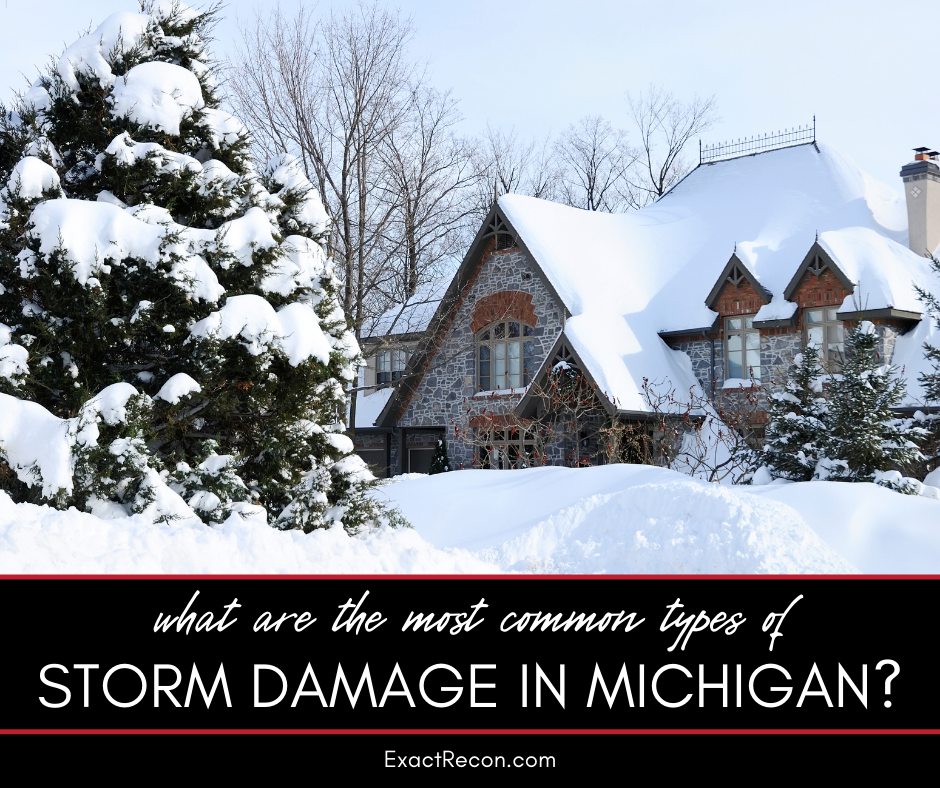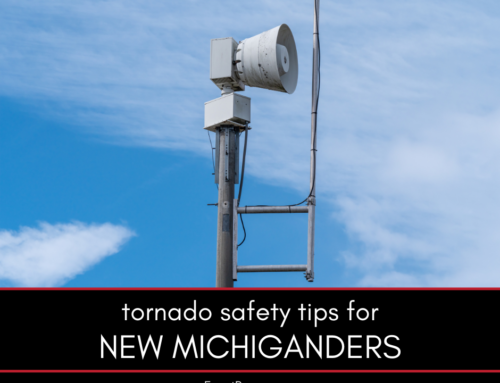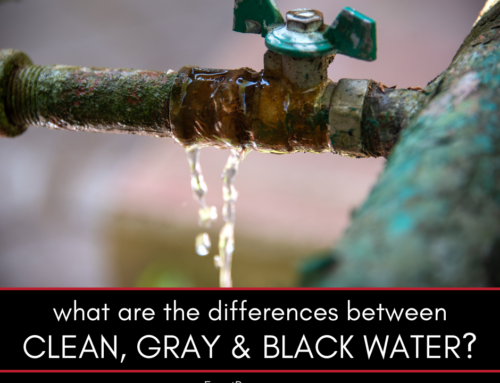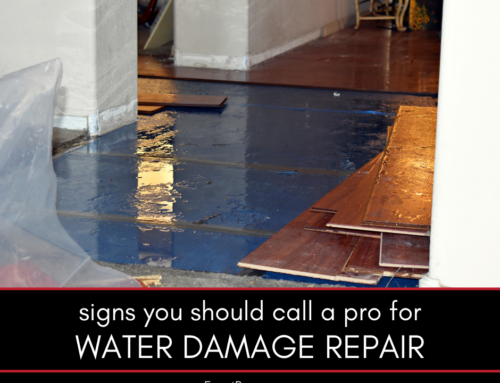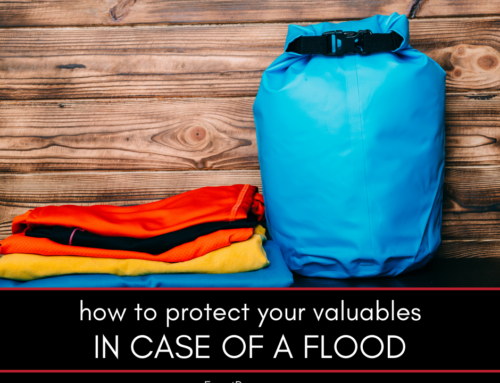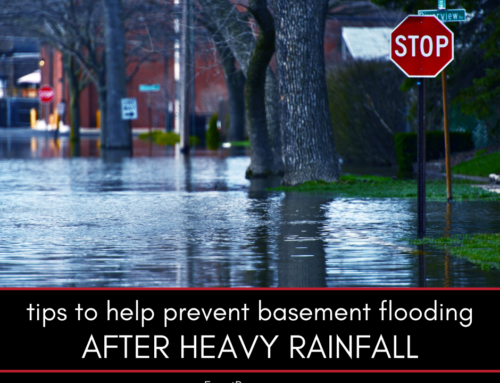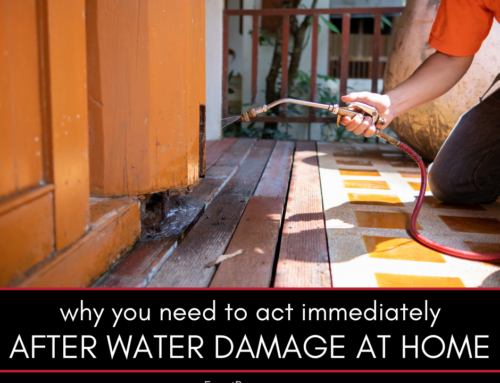Michigan, with its diverse climate, experiences a range of storms throughout the year. From thunderstorms in the summer to snowstorms in the winter, each brings its own set of challenges. Recognizing the types of damage these storms can cause is crucial for timely repairs and prevention. If you’re a Michigan resident or are considering moving to the state, this guide will help you understand the most common types of storm damage you might face.
What Are the Most Common Types of Storm Damage in Michigan?
Michigan’s varied weather patterns can lead to multiple types of storm damage. Here’s a comprehensive breakdown of what you might encounter.
This guide covers:
- Wind damage
- Hail damage
- Snow and ice damage
- Flooding and water damage
- Lightning damage
- Fallen trees and debris
- Roof and siding damage
Here’s a closer look at each.
Wind Damage
Wind is a powerful force of nature that can wreak havoc on homes and properties. When wind speeds escalate, they can exert tremendous pressure on the exterior of buildings. This force can lead to shingles being torn off roofs, siding being peeled away, and windows being shattered. Additionally, any items left unsecured outside, such as patio furniture, trash cans, or decorations, can be lifted by the wind and hurled against the home or neighboring properties. This not only damages the items themselves but can also cause significant damage to whatever they strike.
Hail Damage
Hailstorms are characterized by the fall of ice pellets, known as hailstones, which can vary in size from tiny pellets to golf ball-sized or even larger. When these hailstones plummet from the sky, they can inflict substantial damage. Vehicles parked outside can get dented, roofs can get punctured or cracked, and windows can shatter upon impact. The severity of hail damage largely depends on the size of the hailstones and the speed at which they fall.
Snow and Ice Damage
While snow-covered landscapes can be picturesque, excessive snow accumulation poses risks to structures. The weight of accumulated snow, especially wet snow, can strain roofs, potentially leading to partial or complete collapses. Ice dams, formed when melting snow refreezes at the edge of roofs, can prevent water from draining off, causing it to back up and seep under shingles and into homes. This infiltration can damage ceilings, walls, and insulation.
Flooding and Water Damage
Flooding is one of the most common and widespread natural disasters. Whether caused by heavy rainfall, melting snow, or storm surges, floodwaters can rapidly inundate homes, especially basements and ground-level areas. Flooded interiors can ruin furniture, electronics, and personal belongings. Additionally, prolonged exposure to moisture can lead to the growth of mold, which poses health risks and can further damage the property.
Lightning Damage
Lightning is a sudden electrostatic discharge that occurs during thunderstorms. When lightning strikes a home or property, it can cause immediate and severe damage. The intense heat from a lightning strike can ignite fires, especially in wooden structures or areas with flammable materials. Furthermore, lightning can damage electrical systems in homes, leading to power surges that can fry electronics and appliances. Outside, lightning can strike trees, causing them to split or even explode, leading to potential damage from falling branches or trunks.
Fallen Trees and Debris
Strong storms, especially those with high winds, can weaken or uproot trees. When trees fall, they can crash onto homes, vehicles, power lines, and other structures, causing significant damage. Even if the tree itself doesn’t fall, large branches might break off and cause harm. Additionally, storms can scatter debris, such as broken glass, metal fragments, or other materials, which can pose risks to property and personal safety.
Roof and Siding Damage
The roof and siding of a home serve as the primary barriers against external elements. Storms can compromise these protective layers. Intense winds, hail, and debris can lead to missing shingles, create holes, or crack siding. Such damages expose the underlying structures of the home to further environmental harm, including water infiltration, which can lead to more extensive internal damages and potential mold growth.
FAQ About Storm Damage in Michigan
Here are some frequently asked questions about storm damage in Michigan. If you don’t see the answers you’re looking for here, please call our office. We’re here to help.
How Can I Prepare My Home for Storms in Michigan?
Regular maintenance, trimming trees, securing outdoor items, and installing sump pumps can help mitigate storm damage.
Is Storm Damage Covered by Homeowner’s Insurance?
Coverage varies by policy and the cause of damage. It’s essential to review your policy and consult with your insurance provider.
How Soon Should I Address Storm Damage?
Immediate action is crucial. Addressing damage promptly can prevent further complications and costs.
Can I DIY Storm Damage Repairs?
While minor repairs might be manageable, it’s advisable to consult professionals for significant damages to ensure safety and quality.
What Should I Do After a Major Storm?
After ensuring safety, assess and document the damage, contact your insurance provider, and seek professional repair services.
Understanding the common types of storm damage in Michigan equips residents to take preventive measures and address issues promptly. By staying informed and proactive, you can protect your home and ensure a safe living environment.
Do You Need a Disaster Remediation Expert in Washtenaw County or Jackson County?
If your home has already been damaged, we can help. Check out our services and call Exact Recon for your free disaster remediation quote today. We offer:
- Water damage restoration
- Mold removal and remediation
- Fire and smoke restoration
- Sewer cleanup and disinfecting
- Reconstruction
- Wind and storm damage repair


